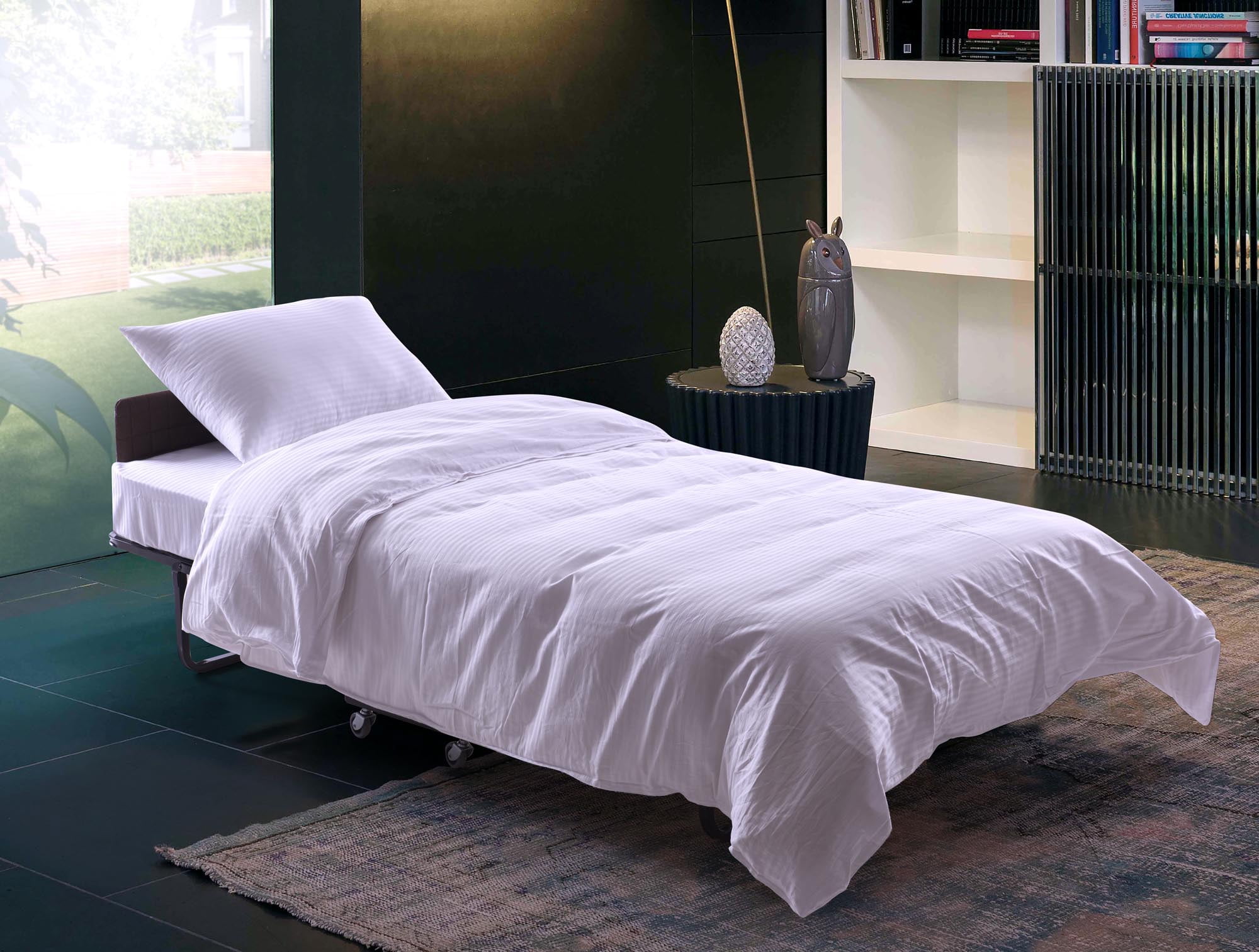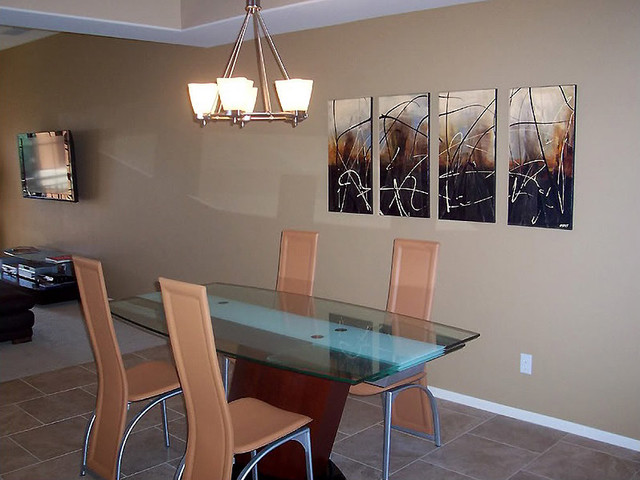If you've noticed a decrease in water pressure in your kitchen sink, you're not alone. Low water pressure is a common problem that many homeowners face, and it can be frustrating and inconvenient. But before you call a plumber, it's important to understand the possible causes and solutions for this issue.Low Water Pressure in Kitchen Sink: Causes and Solutions
One of the first things to check when dealing with low water pressure in your kitchen sink is the aerator. This small device is located at the end of the faucet and can easily become clogged with mineral deposits or debris. Simply unscrew the aerator and clean it thoroughly before reattaching it to the faucet. This simple fix can often solve the problem and improve water pressure.How to Fix Low Water Pressure in Kitchen Sink
If cleaning the aerator doesn't do the trick, the next step is to check the kitchen sink cartridge. This small valve controls the flow of water and can become worn or damaged over time, leading to low water pressure. Replacing the cartridge is a relatively simple and inexpensive fix that can greatly improve water pressure in your kitchen sink.Replacing a Kitchen Sink Cartridge to Improve Water Pressure
There are a few common signs that may indicate a problem with your kitchen sink cartridge. These include a decrease in water pressure, uneven flow of water, or difficulty turning the faucet on and off. If you notice any of these issues, it may be time to replace the cartridge.Common Signs of a Faulty Kitchen Sink Cartridge
If you suspect that a clogged cartridge is the cause of your low water pressure, you may be able to clean it rather than replacing it. Use a mixture of equal parts vinegar and water to soak the cartridge for a few hours. This can help dissolve any mineral deposits and improve water flow.How to Clean a Clogged Kitchen Sink Cartridge
If the above solutions don't work, there are a few other things you can try to adjust the water pressure in your kitchen sink. First, check the water shut-off valves under the sink to make sure they are fully open. You can also try adjusting the water pressure regulator, which is usually located near the main water shut-off valve in your home.Adjusting Water Pressure in a Kitchen Sink
If your kitchen sink faucet has a separate cartridge from the main valve, you may need to replace this as well. Over time, the cartridge can become worn or damaged and can greatly impact water pressure. Thankfully, replacing the faucet cartridge is a relatively simple process that can greatly improve water flow.Replacing a Kitchen Sink Faucet Cartridge for Better Water Pressure
If you've exhausted all other options and are still experiencing low water pressure in your kitchen sink, it may be time to call a professional plumber. They can help identify any underlying issues, such as a clogged pipe or a faulty water pressure regulator, and provide the necessary repairs.How to Troubleshoot Low Water Pressure in a Kitchen Sink
The kitchen sink cartridge plays a crucial role in maintaining water pressure in your kitchen sink. It controls the flow of water and can become clogged or damaged over time. Regular maintenance and replacement when necessary can help ensure proper water pressure in your kitchen sink.Understanding the Role of a Kitchen Sink Cartridge in Water Pressure
While some low water pressure issues may require the help of a professional, there are many DIY solutions that can help improve water flow in your kitchen sink. From cleaning the aerator and cartridge to adjusting the water pressure regulator, these simple fixes can save you time and money in the long run.DIY Fixes for Low Water Pressure in a Kitchen Sink
Why Low Water Pressure in Your Kitchen Sink Could Be Caused by a Faulty Cartridge
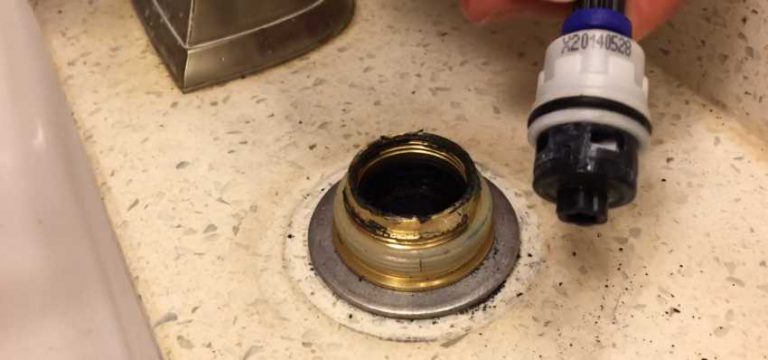
The Importance of Water Pressure in Your Kitchen
 Having good water pressure in your kitchen is essential for a smooth and efficient cooking and cleaning experience. Whether you're washing dishes, filling pots, or rinsing produce, you rely on a steady stream of water to get the job done. So when you notice a decrease in water pressure in your kitchen sink, it can be frustrating and inconvenient.
Having good water pressure in your kitchen is essential for a smooth and efficient cooking and cleaning experience. Whether you're washing dishes, filling pots, or rinsing produce, you rely on a steady stream of water to get the job done. So when you notice a decrease in water pressure in your kitchen sink, it can be frustrating and inconvenient.
The Role of Cartridges in Maintaining Water Pressure
 The cartridge is a small but crucial component of your kitchen sink's plumbing system. It controls the flow of water and helps maintain consistent water pressure. Over time, the cartridge can become worn or damaged, leading to low water pressure in your kitchen sink. This is particularly common in older homes or those with hard water, where mineral buildup can cause the cartridge to malfunction.
The cartridge is a small but crucial component of your kitchen sink's plumbing system. It controls the flow of water and helps maintain consistent water pressure. Over time, the cartridge can become worn or damaged, leading to low water pressure in your kitchen sink. This is particularly common in older homes or those with hard water, where mineral buildup can cause the cartridge to malfunction.
Signs of a Faulty Cartridge
 If you suspect that a faulty cartridge is the cause of your low water pressure, there are some tell-tale signs to look out for. Firstly, if you have good water pressure in other areas of your home, but not in the kitchen sink, it's likely a cartridge issue. Additionally, if you notice a decrease in water pressure after using your kitchen sink for an extended period, this could also be a sign of a faulty cartridge.
If you suspect that a faulty cartridge is the cause of your low water pressure, there are some tell-tale signs to look out for. Firstly, if you have good water pressure in other areas of your home, but not in the kitchen sink, it's likely a cartridge issue. Additionally, if you notice a decrease in water pressure after using your kitchen sink for an extended period, this could also be a sign of a faulty cartridge.
How to Fix the Problem
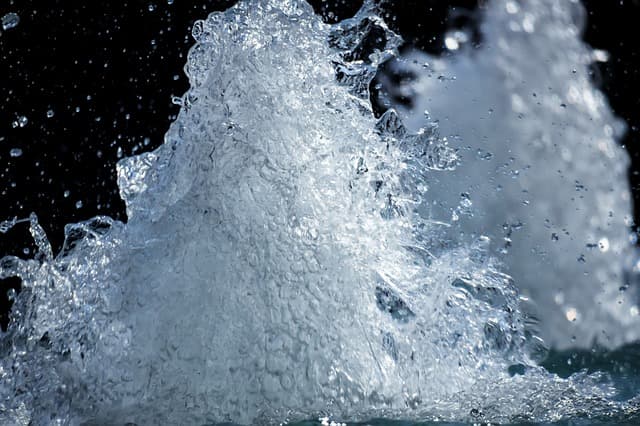 Fortunately, fixing a low water pressure issue caused by a faulty cartridge is a relatively simple and affordable process. In most cases, you can replace the cartridge yourself by following the manufacturer's instructions. However, if you're not comfortable with DIY plumbing, it's best to call a professional to ensure the job is done correctly.
Fortunately, fixing a low water pressure issue caused by a faulty cartridge is a relatively simple and affordable process. In most cases, you can replace the cartridge yourself by following the manufacturer's instructions. However, if you're not comfortable with DIY plumbing, it's best to call a professional to ensure the job is done correctly.
Preventing Future Problems
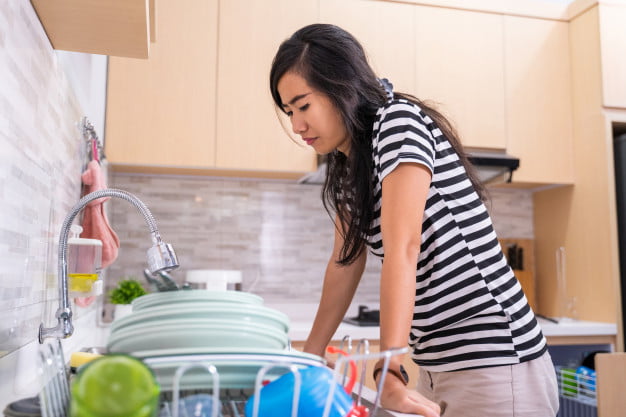 To avoid dealing with low water pressure in your kitchen sink caused by a faulty cartridge, there are a few preventative measures you can take. Regularly cleaning and maintaining your cartridge can help prevent mineral buildup and prolong its lifespan. Additionally, consider installing a water softener if you have hard water, as this can also help prevent cartridge damage.
In conclusion,
a faulty cartridge can be the culprit behind low water pressure in your kitchen sink. By understanding the role of the cartridge and knowing the signs of a malfunction, you can quickly diagnose and fix the problem. Regular maintenance and preventative measures can also help prevent future issues, ensuring a smooth and efficient water flow in your kitchen.
To avoid dealing with low water pressure in your kitchen sink caused by a faulty cartridge, there are a few preventative measures you can take. Regularly cleaning and maintaining your cartridge can help prevent mineral buildup and prolong its lifespan. Additionally, consider installing a water softener if you have hard water, as this can also help prevent cartridge damage.
In conclusion,
a faulty cartridge can be the culprit behind low water pressure in your kitchen sink. By understanding the role of the cartridge and knowing the signs of a malfunction, you can quickly diagnose and fix the problem. Regular maintenance and preventative measures can also help prevent future issues, ensuring a smooth and efficient water flow in your kitchen.





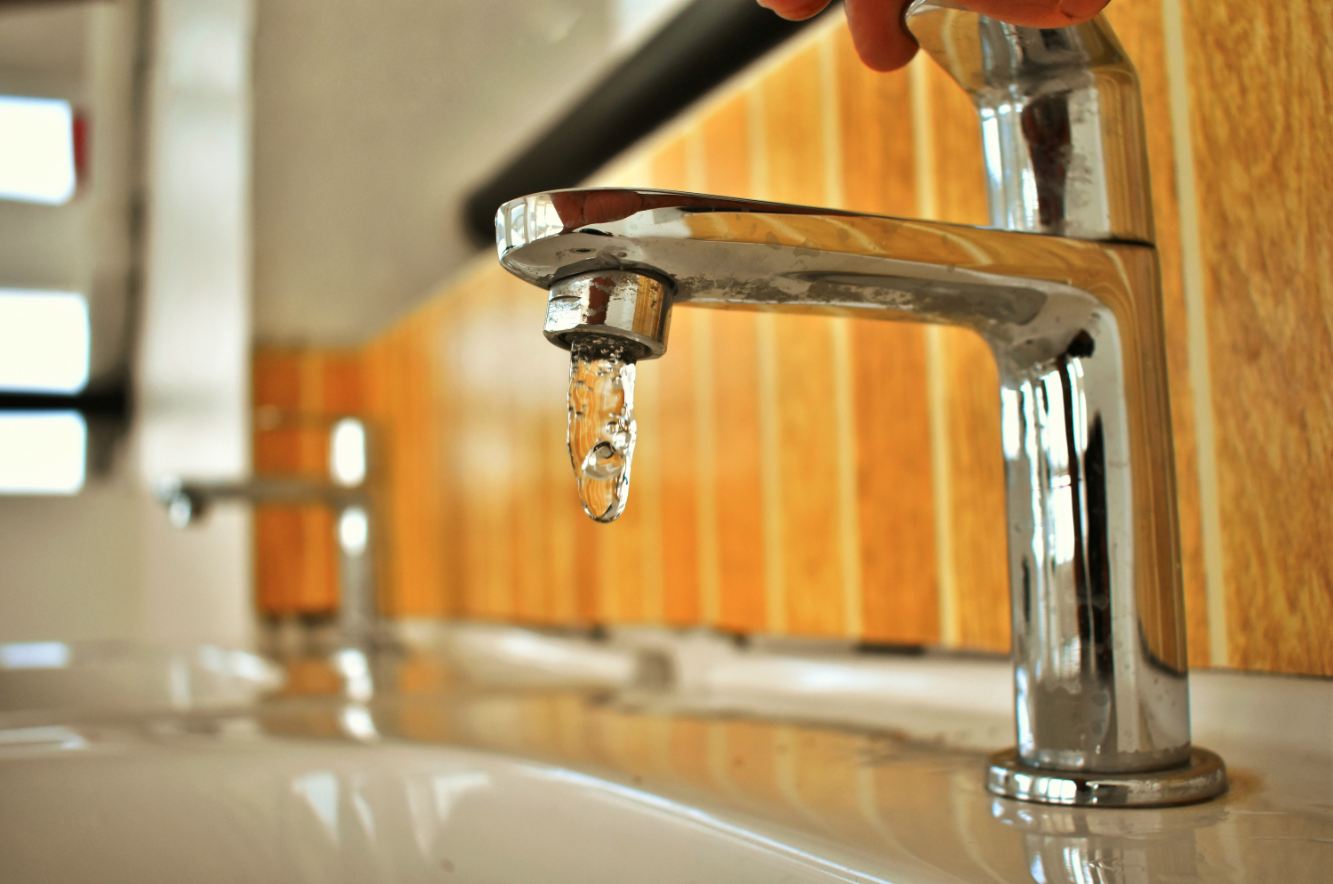






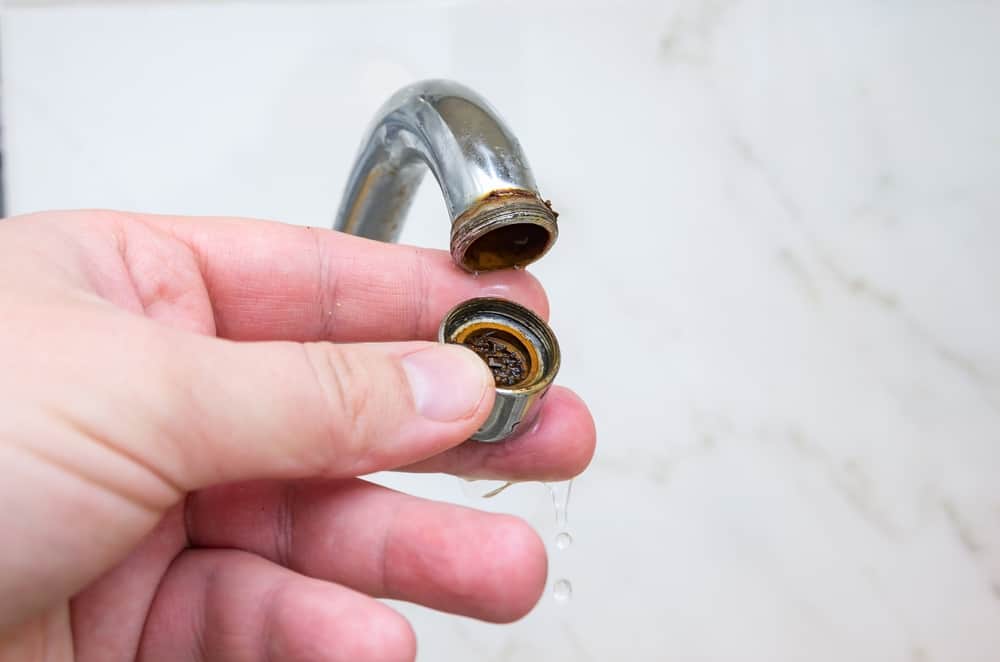

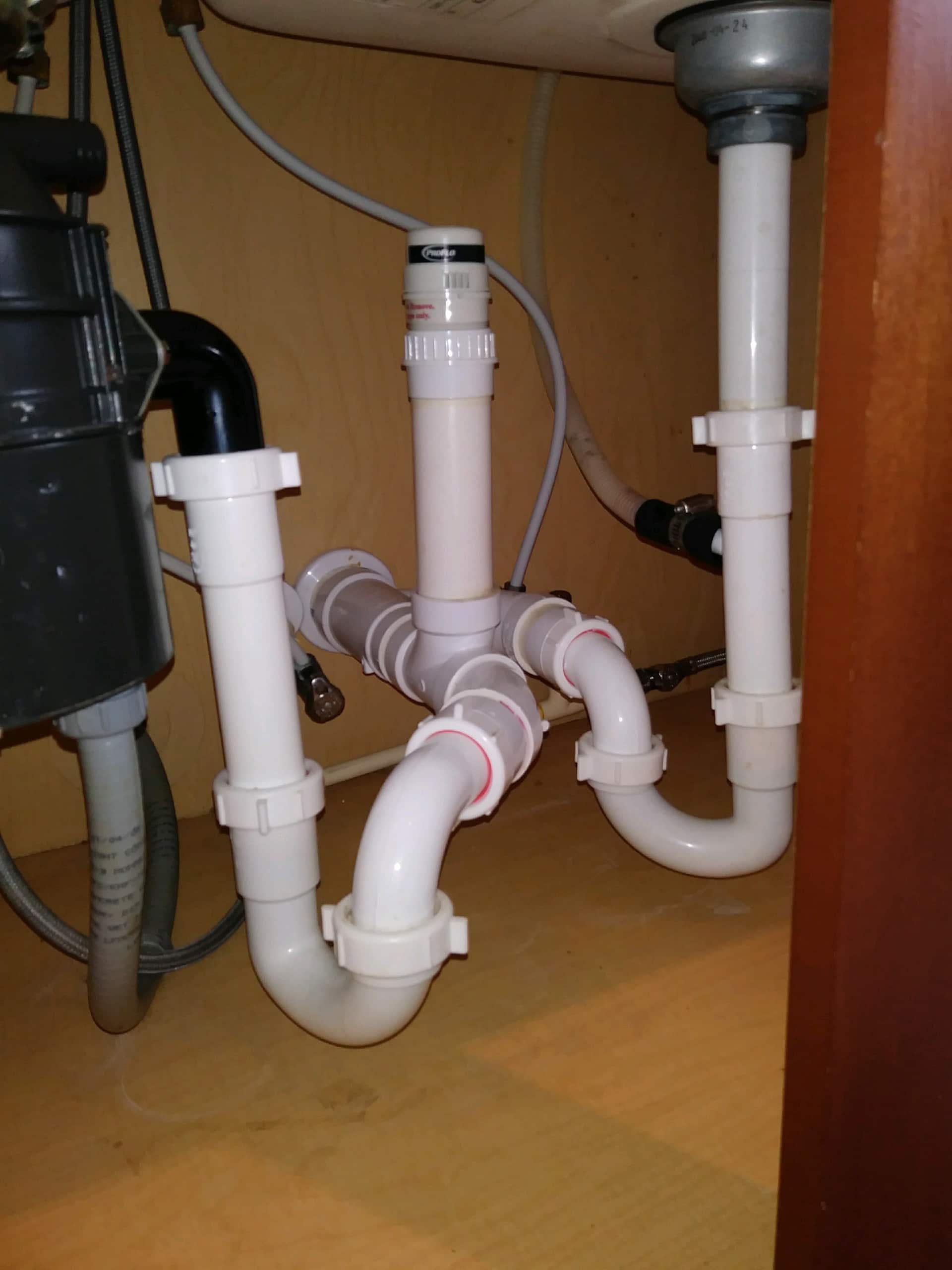




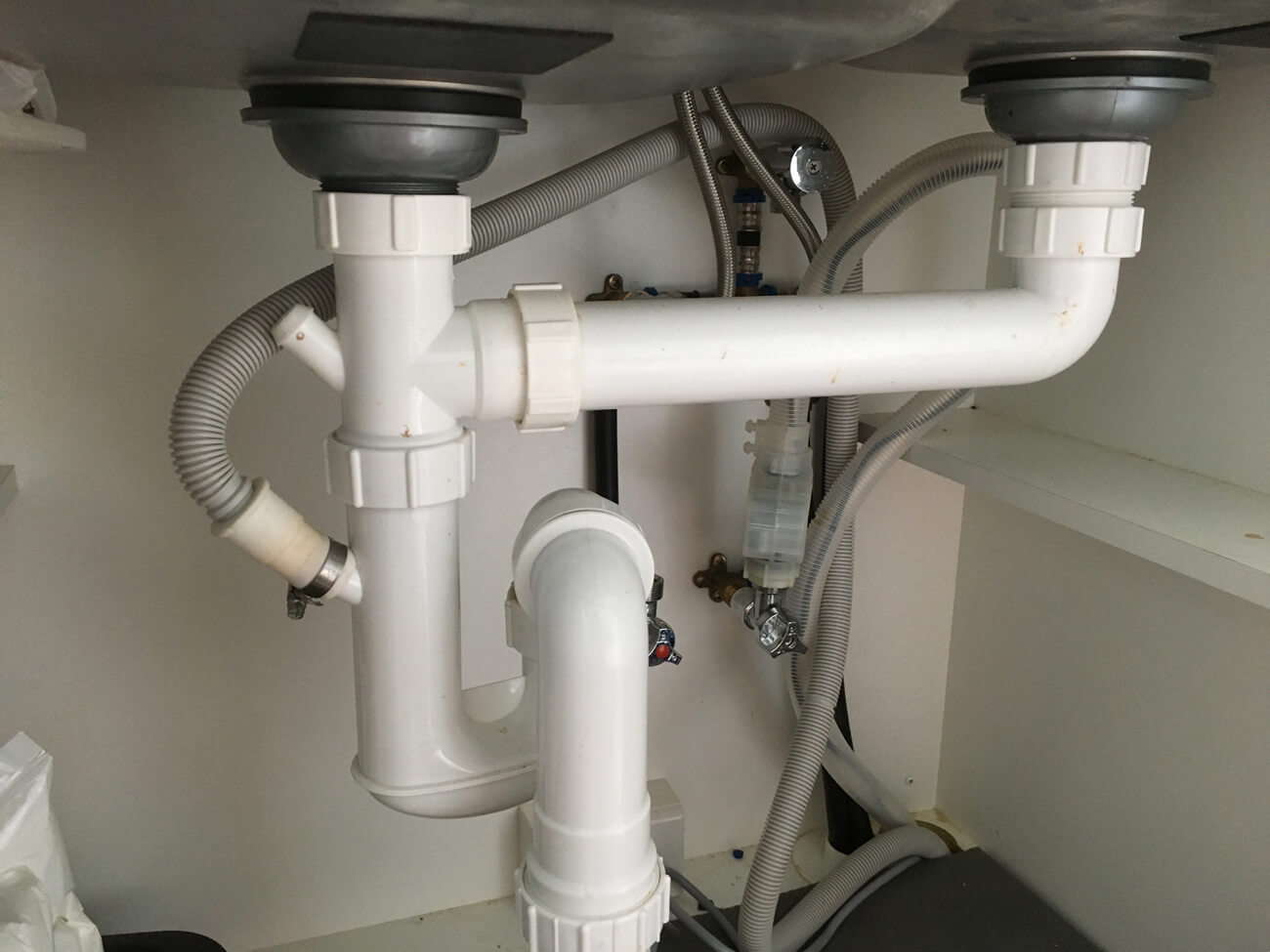






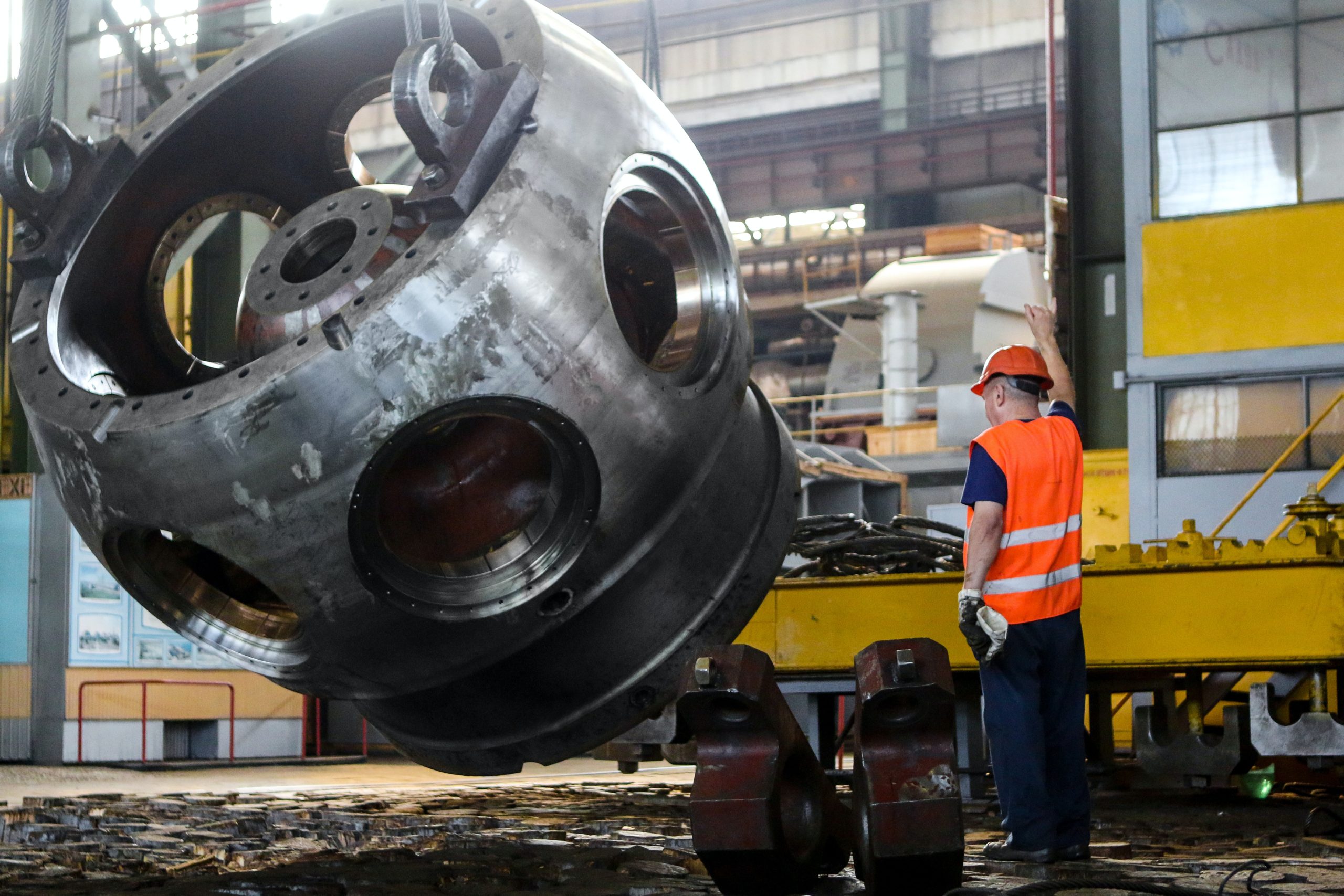

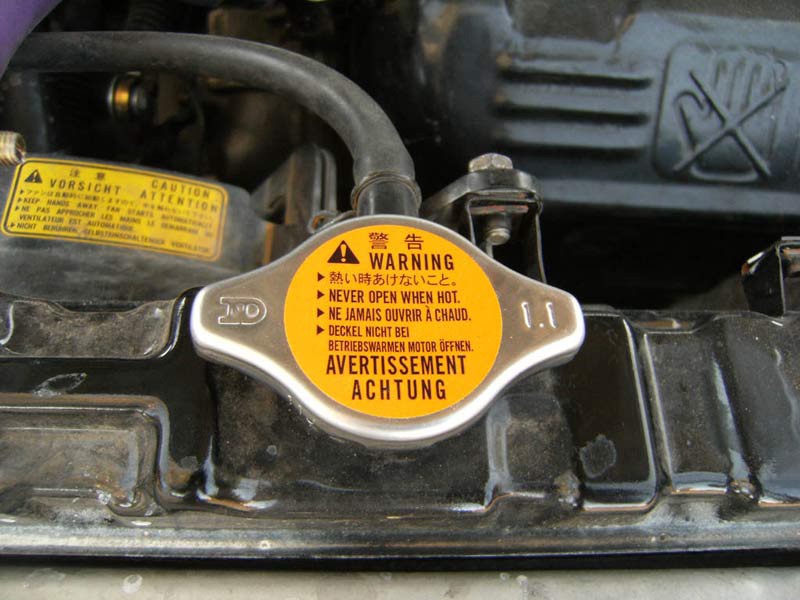



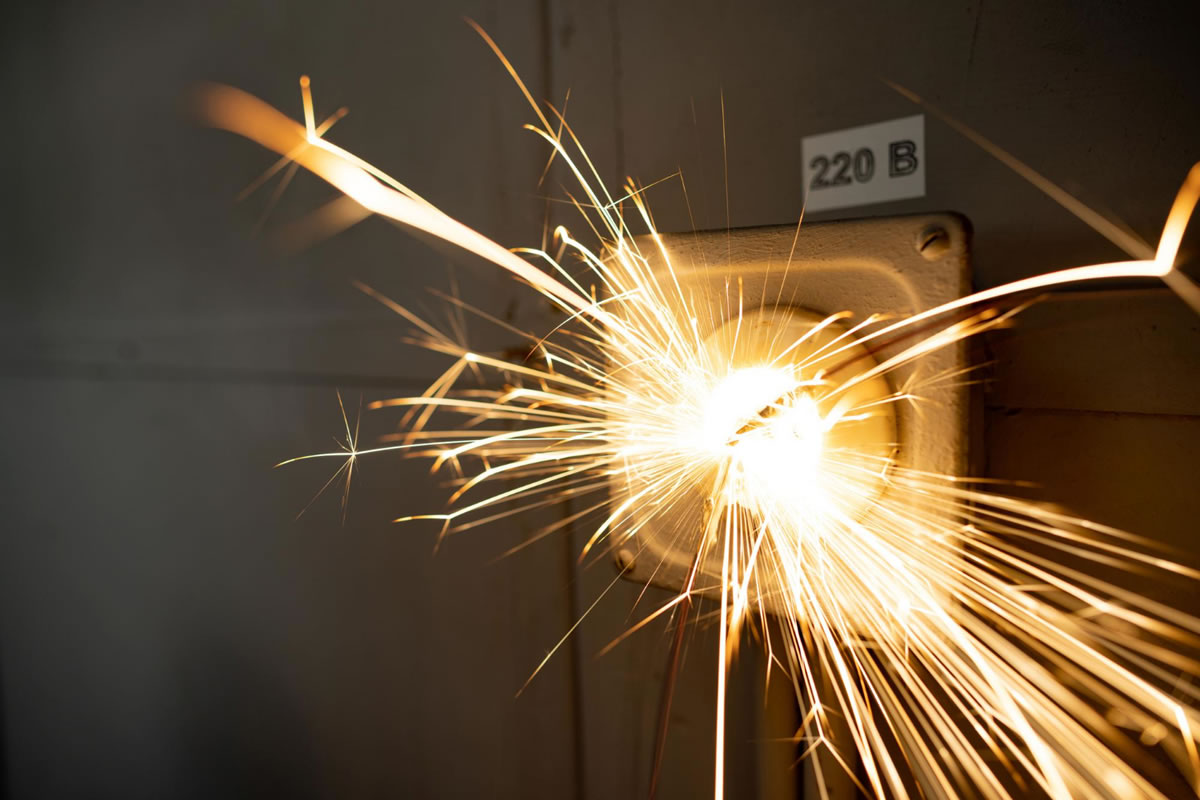


/plumber-unclogging-kitchen-sink-169270382-5797a9355f9b58461f27f024.jpg)

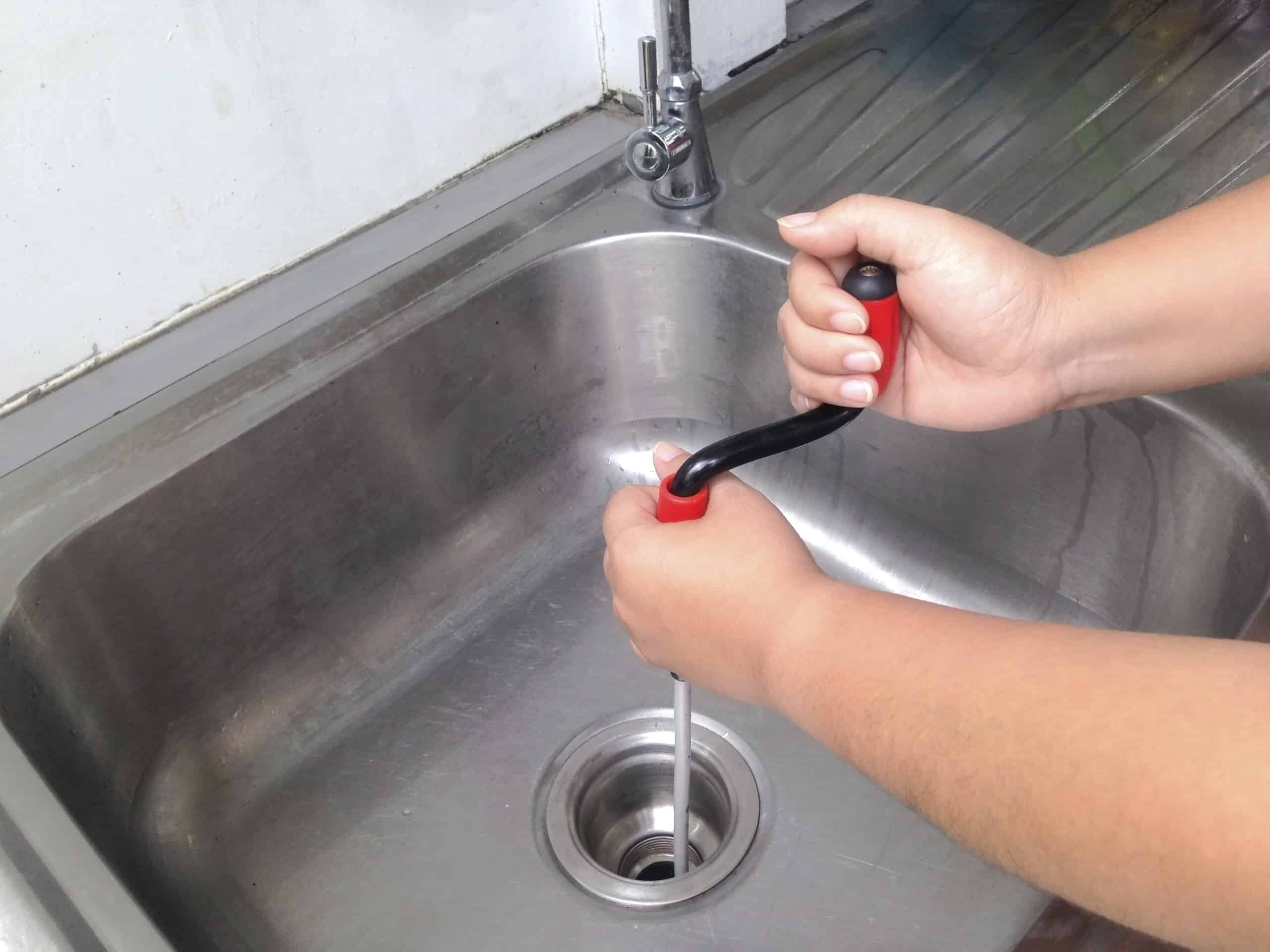
:max_bytes(150000):strip_icc()/how-to-unclog-a-kitchen-sink-2718799_sketch_FINAL-8c5caa805a69493ab22dfb537c72a1b7.png)
:max_bytes(150000):strip_icc()/freshen-and-unclog-drain-with-baking-soda-1900466-22-bbf940b70afa4d5abef0c54da23b1d3f.jpg)



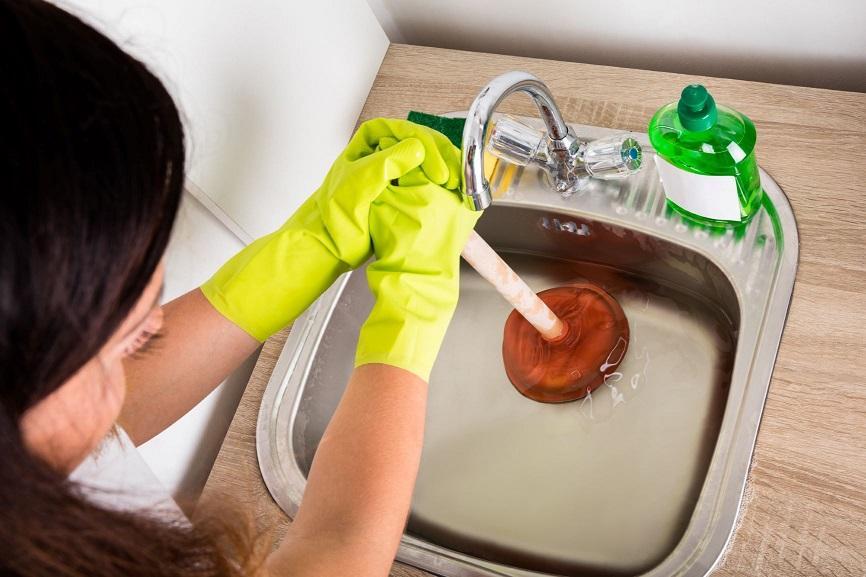



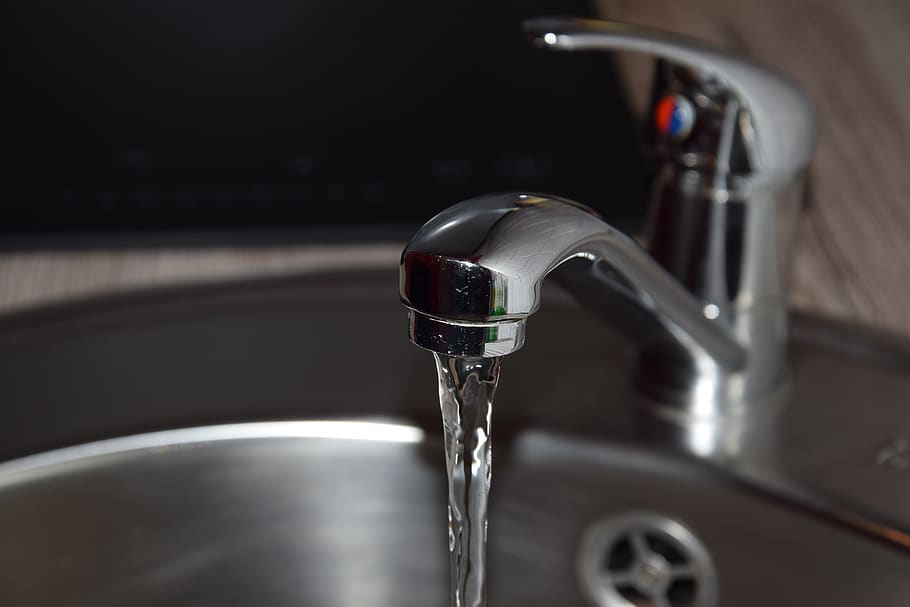
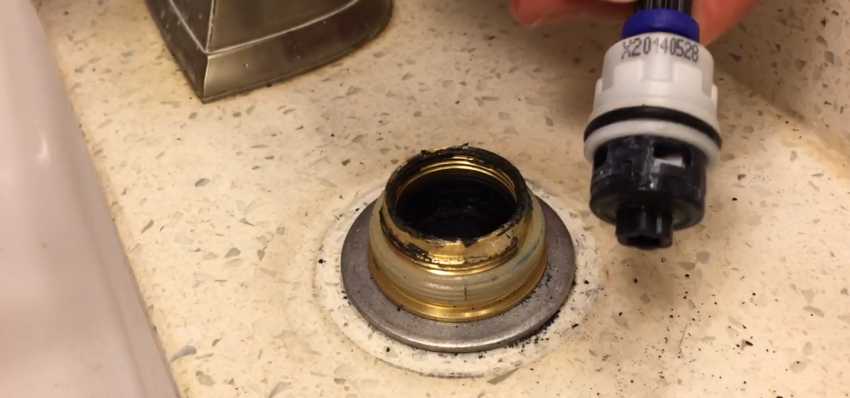

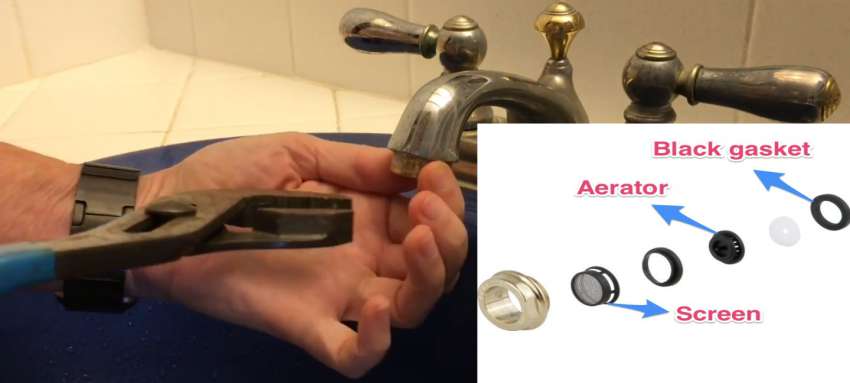


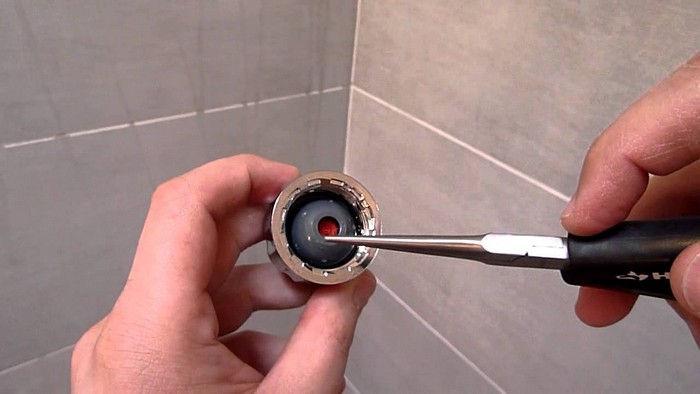







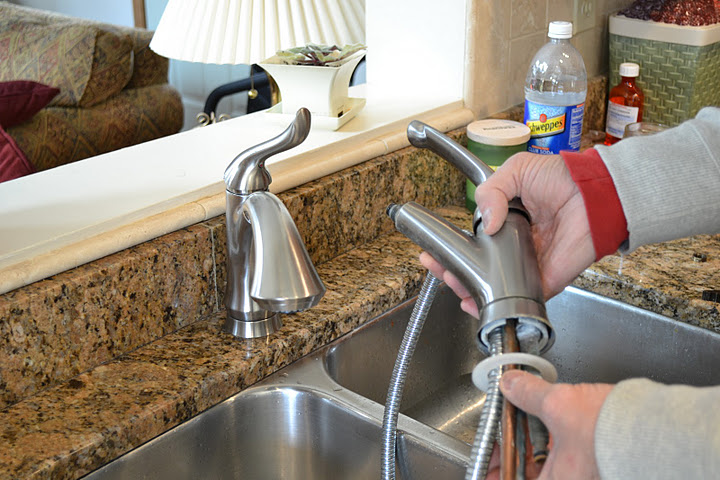

















:max_bytes(150000):strip_icc()/lavender7-59d56980b501e800116fa0b1.jpg)
